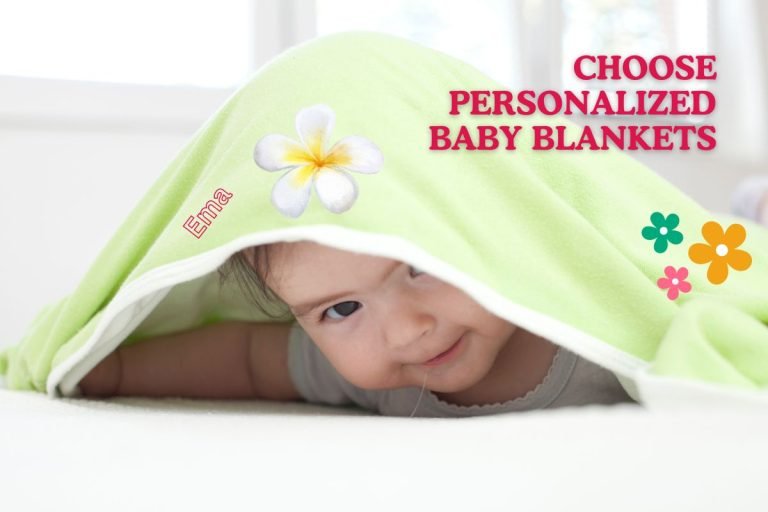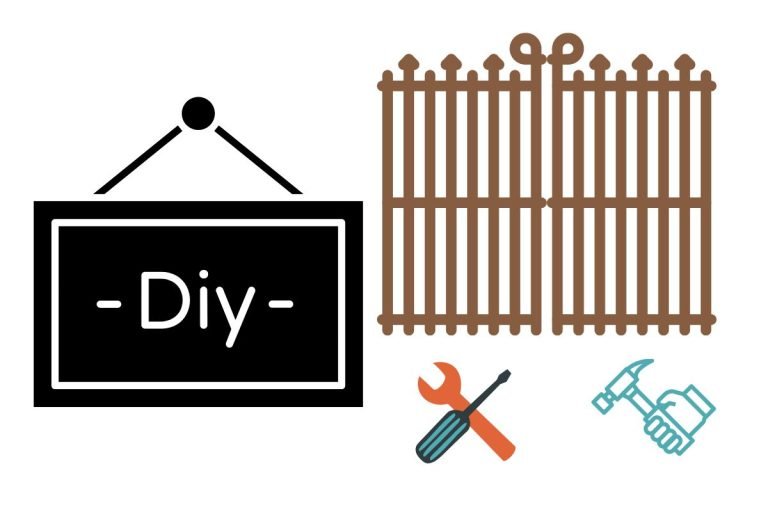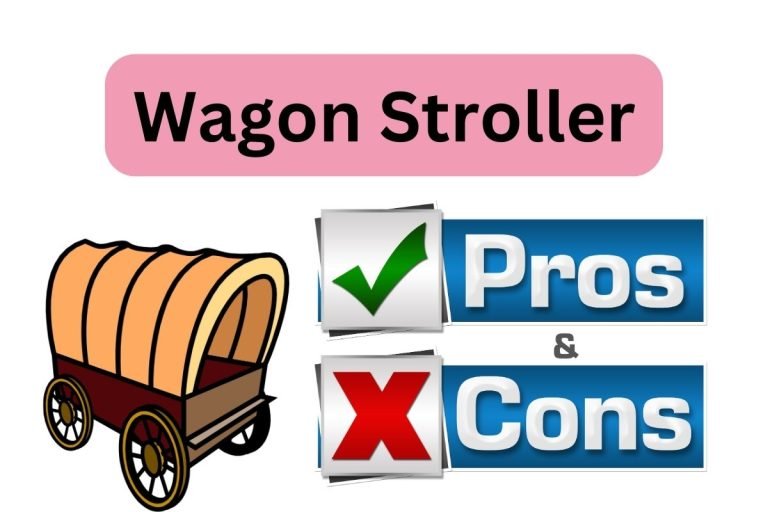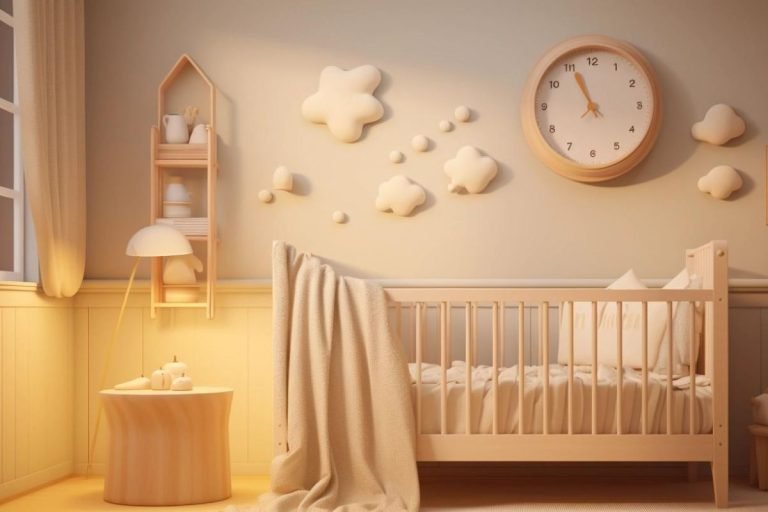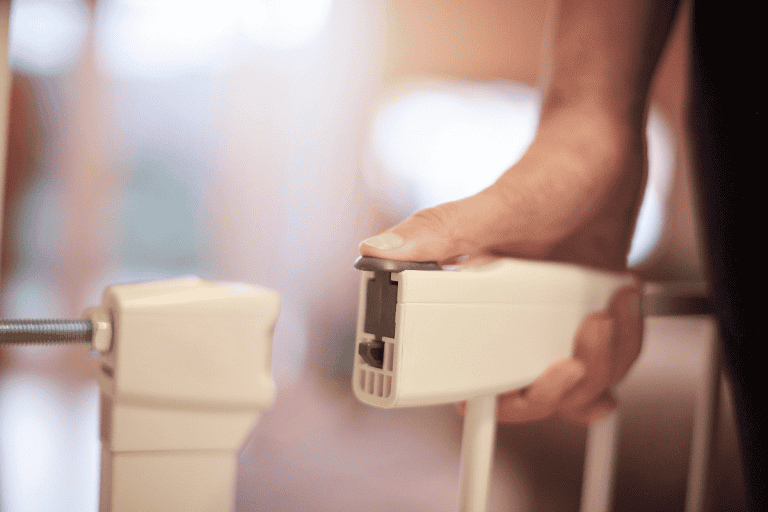Essential Safety Features for Nursery Bookshelves: Prioritize Creating Safe Nursery Bookshelves in 2025
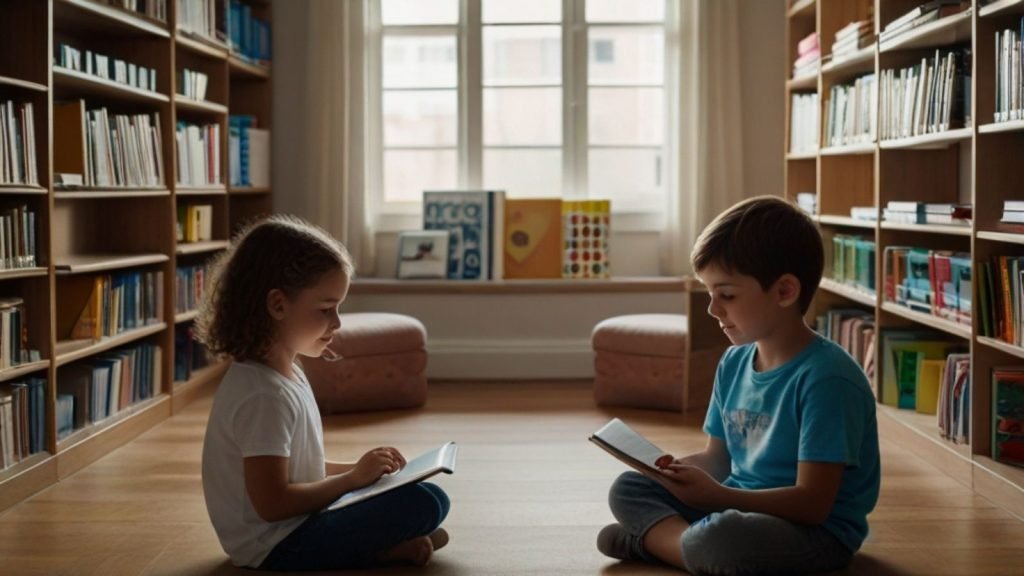
Every parent prioritizes keeping their child safe at home. It is crucial to create a safe and secure environment for babies once they crawl and take their first steps.
Bookshelves are an essential part of any nursery. They hold books, toys, keepsakes, and other items that add charm to the room. However, these seemingly innocent pieces of furniture can pose hazards if not properly secured and designed.
This blog post will discuss the essential safety features for nursery bookshelves you must prioritize regarding safety concerns. We’ll also discuss practical tips, easy-to-follow guidelines, and simple solutions to ensure that your little explorer stays safe and sound amidst the shelves of wonder.
Let’s create a nursery that sparks imagination and prioritizes the safety and well-being of your precious little one.
Key Takeaways – Essential Safety Features for Nursery Bookshelves
- Secure nursery bookshelves by anchoring them to the wall and using anti-tip devices to prevent tipping hazards for exploring babies.
- Choose bookshelves with rounded edges and corners, sturdy construction, and non-toxic finishes to create a safe nursery environment.
- Look for safety certifications, reputable brands, and positive reviews when selecting nursery bookshelves to prioritize your child’s safety.
Securing Bookshelves: Safety is the First Priority
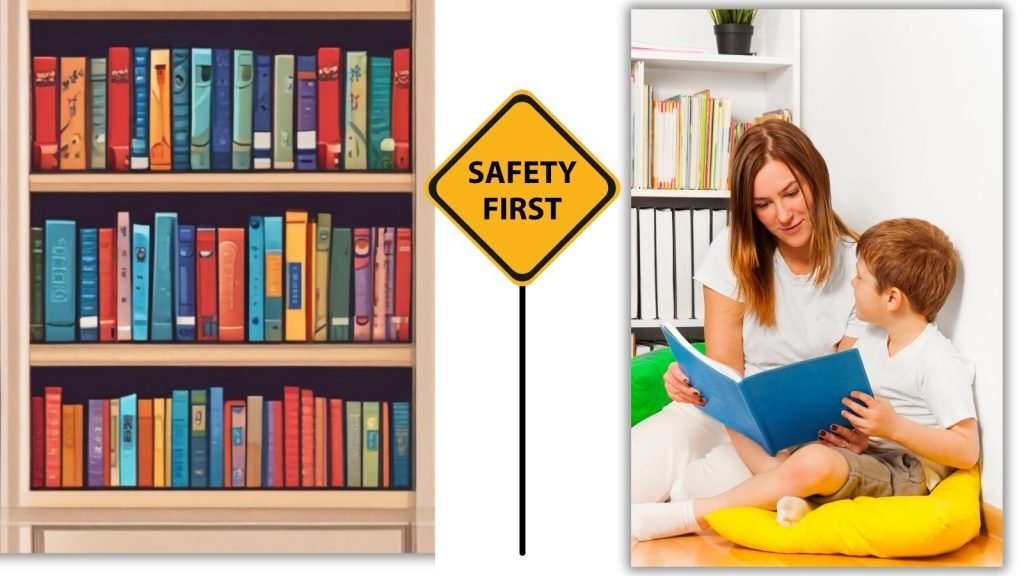
Bookshelves are a wonderful addition to a nursery, fostering a love for reading from a young age. However, unsecured shelves can pose a tipping hazard. This section equips you with methods to secure your bookshelf, keeping your little explorer safe:
Anchoring to Wall
This method creates a permanent attachment between the bookshelf and the wall to keep your baby safe.
Wall Anchors and Hardware: Choosing the right type of wall anchor depends on your wall material (drywall, brick, etc.). Matching screws and hardware ensure a secure connection.
Proper Installation Techniques: Following the manufacturer’s instructions and using the correct drilling techniques guarantee a strong and reliable anchor.
Anti-Tip Devices
These are brackets or straps that physically prevent the bookshelf from tipping forward.
Types of Anti-Tip Devices: L-brackets, furniture straps, and wall-mounted brackets offer different functionalities and aesthetic options.
Installation and Usage: Most anti-tip devices are easy to install, often requiring attaching them to the back of the bookshelf and securing them to the wall. Always follow the specific instructions for your chosen device.
Incorporating anchoring or anti-tip devices (or both for extra security) allows you to transform your bookshelf into a haven for your child’s literary adventures.
Child-Friendly Design
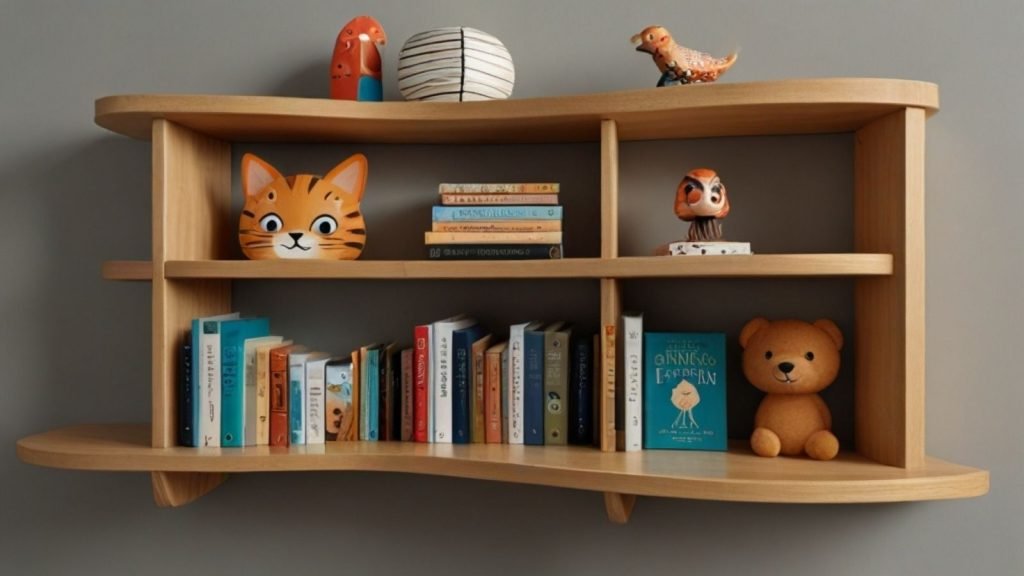
Rounded Edges and Corners
Every detail counts when creating a safe and cozy haven for your little one. This includes the furniture you choose, especially nursery bookshelves. Rounded edges and corners are a crucial safety feature that shouldn’t be overlooked. Here’s why:
Reduced Risk of Injuries: Curious babies are natural explorers. Rounded edges and corners significantly reduce this risk, providing peace of mind for parents and a safer environment for little explorers.
Enhanced Softness: Nurseries are all about creating a calming and comforting space. Rounded edges contribute to this by creating a softer aesthetic to prevent your baby’s injuries.
Easier Cleaning: Rounded edges and corners are easier to clean. Rounded edges allow for a smoother wipe-down, ensuring a hygienic environment for your precious one.
Aesthetic Appeal: Rounded corners offer a sleek, modern look that blends seamlessly with nursery themes. They add a touch of sophistication while prioritizing safety.
You’ll create a stylish and safe nursery for your child to explore and grow by prioritizing rounded edges and corners.
Sturdy Construction: The Backbone of a Safe Nursery
When creating a safe and nurturing environment for your little one, the furniture’s sturdiness takes center stage. Here’s why a robust build matters in your nursery:
- Preventing Injuries: Sturdy furniture is less likely to tip over, wobble, or break under a baby’s weight or exploration. This minimizes the risk of injuries from falls, pinched fingers, or collapsing structures.
- Promoting Safe Exploration: A stable environment encourages safe exploration. Babies learn by touching, climbing, and interacting with their surroundings. Sturdy furniture provides a secure base for their curiosity without the risk of sudden movement or breakage.
- Long-lasting Investment: Well-built furniture is an investment that lasts. It can withstand the wear and tear of a growing child and potentially be used for years to come, even for siblings or future children.
- Peace of Mind for Parents: Knowing your baby’s furniture is built to last and withstand their adventurous spirit brings peace of mind.
Non-Toxic Finishes
Your baby’s nursery should be a haven of comfort and safety, extending to the air your baby breathes. Non-toxic finishes on furniture become crucial in creating this healthy environment. Let’s Devine why it’s important:
- Protecting Your Baby’s Health: Babies have sensitive respiratory systems. Volatile Organic Compounds (VOCs) emitted by traditional furniture finishes can irritate their lungs and contribute to breathing problems. Non-toxic finishes minimize this risk, ensuring cleaner air for your little one.
- Promoting Safe Exploration: Babies are naturally curious and explore everything with their mouths. Non-toxic finishes reduce the risk of harmful chemicals entering your baby’s system if they put furniture to the “taste test.”
- Promoting Overall Well-being: A healthy environment leads to a healthy baby. Non-toxic finishes provide a safe space where your child can thrive and develop without exposure to potentially harmful chemicals.
Organization and Accessibility

How to organize a bookshelf for kids: A clutter-free and functional nursery is essential. Organization and accessibility make bookshelves practical and safe.
Height and Placement: This subsection focuses on strategically arranging furniture and storage solutions to prioritize safety, accessibility for you as a caregiver, and a clear layout for your baby’s exploration.
Organizing Books and Toys: This part likely addresses strategies for keeping books and toys organized and accessible for your child, ensuring a stimulating environment without overwhelming chaos.
Easy Access for Children: This subsection presumably explores ways to incorporate elements within your child’s reach, fostering a sense of independence and allowing them to interact with their surroundings safely.
Additional Safety Considerations
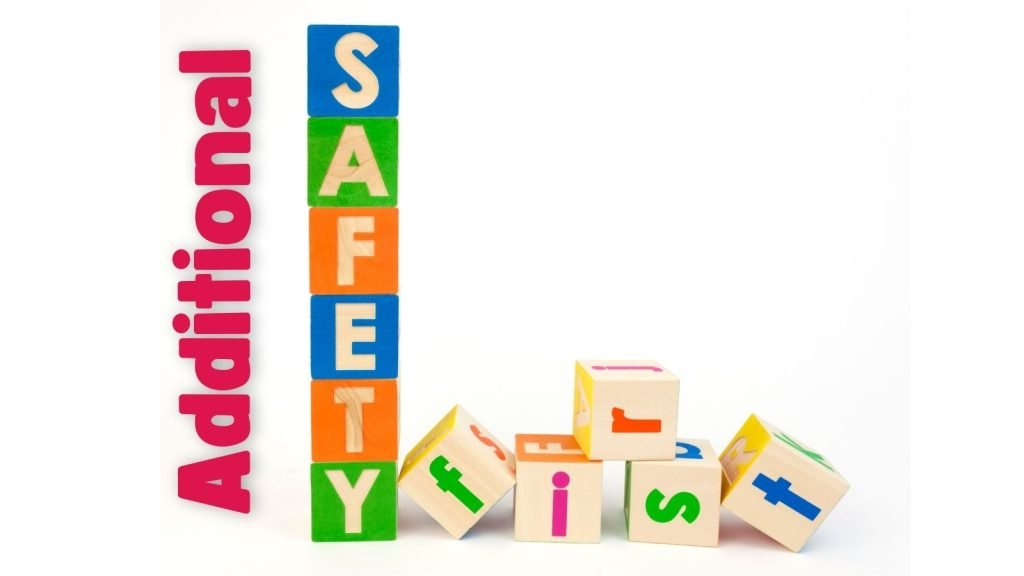
This section goes beyond furniture choices and delves into broader safety practices to ensure your nursery remains a haven for your little one.
Avoiding Clutter and Overloading: This emphasizes keeping the nursery floor space clear and avoiding excessive furniture or decorations. This minimizes tripping hazards and allows ample room for your baby to explore safely.
Regular Maintenance and Inspection: This highlights the importance of routinely checking furniture for loose screws, wobbly legs, or any potential hazards. Tightening loose parts and addressing any maintenance issues proactively prevents accidents.
Supervision and Childproofing: This reminds us that even the most safety-conscious nursery requires supervision. Childproofing measures like outlet covers and cabinet locks add an extra layer of protection, but constant supervision remains crucial, especially during mobile stages.
Choosing Safe Bookshelves: A Parent’s Guide
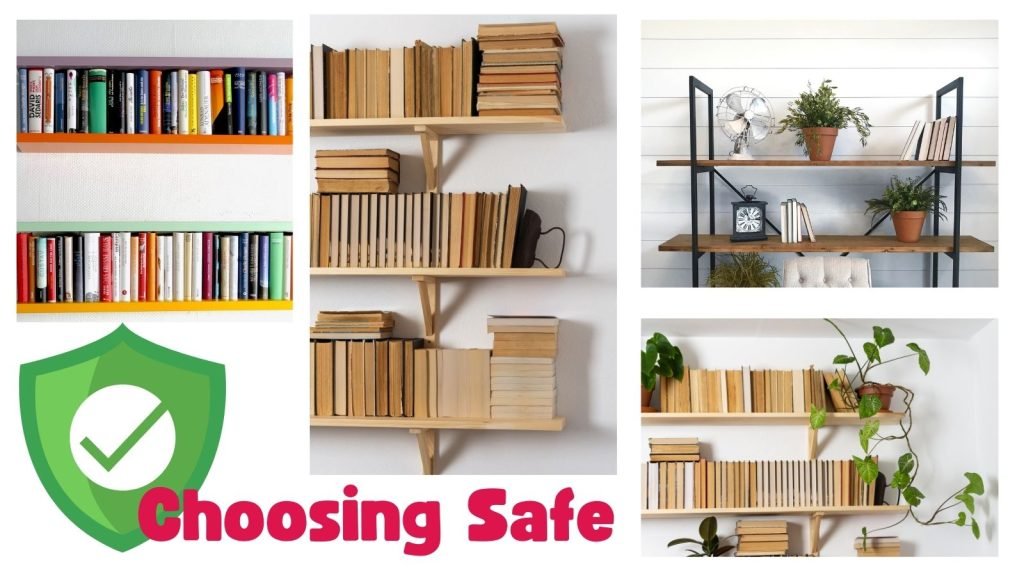
Now that you understand the importance of child-friendly design in your nursery let’s explore choosing the perfect bookshelf. Here’s how to prioritize safety and functionality:
Safety Standards and Certifications: This section emphasizes the importance of choosing bookshelves that meet safety standards established by organizations such as the Consumer Product Safety Commission (CPSC) or Juvenile Products Manufacturers Association (JPMA).
These certifications ensure the bookshelf meets specific criteria regarding stability, materials, and potential hazards.
Reputable Brands and Manufacturers: This part will likely advise choosing bookshelves from reputable brands that prioritize safety and quality in their products. Researching a brand’s reputation and safety record can provide peace of mind.
Reviews and Recommendations: Consulting expert recommendations or reading reviews from other parents can be extremely helpful when making a decision. It can provide valuable insights and help in making an informed choice.
This section will likely advise where to find reliable reviews and highlight features to prioritize when reading them, such as stability, ease of assembly, and suitability for your child’s age and needs.
Summary
Your nursery should be a haven of comfort and exploration for your precious child. This guide has equipped you with the knowledge to create a space prioritizing safety and a nurturing environment.
By following these tips and prioritizing child safety throughout the nursery, you can create a space where your baby can explore, learn, and thrive with peace of mind. Now, go forth and design a nursery that is both beautiful and safe for your little one’s magical journey!
Frequently Asked Questions
Why are rounded edges and corners important for a nursery bookshelf?
Rounded edges and corners significantly reduce the risk of bumps and bruises for curious babies who might explore by touch.
Do I need to anchor my nursery bookshelf to the wall?
Yes, it’s highly recommended that you anchor your nursery bookshelf to the wall, especially if it’s tall or heavy.
What are some different types of anti-tip devices for bookshelves?
Common anti-tip devices include L-brackets, furniture straps, and wall-mounted brackets.
Are there any safety certifications I should look for when buying a nursery bookshelf?
When shopping for bookshelves, look for ones that meet safety standards set by organizations like the Consumer Product Safety Commission (CPSC) or Juvenile Products Manufacturers Association (JPMA).
Besides securing the bookshelf, are there other safety considerations for nursery bookshelves?
- Avoid overloading the bookshelf, which can lead to tipping.
- Place heavier books on lower shelves for better stability.
- Regularly check the bookshelf for loose screws or wobbly legs and address any maintenance issues promptly.
- Remember, even with safety features, constant supervision is crucial when your child is in the nursery.
